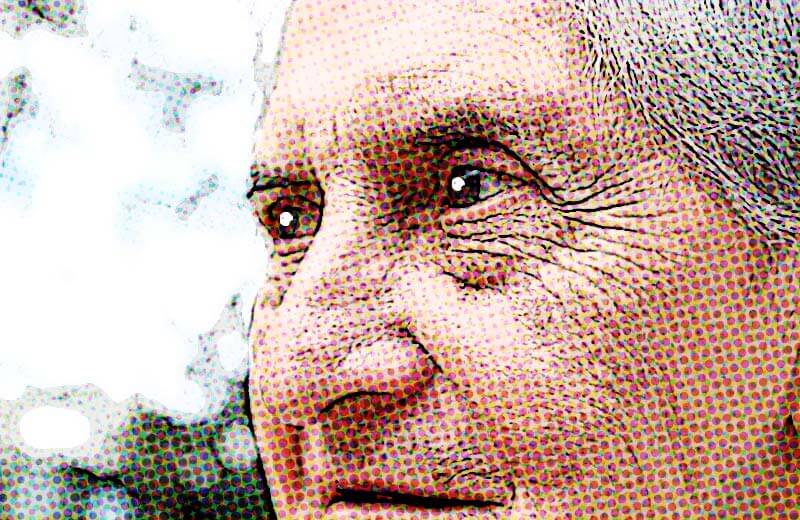Personality disorders are known to the public via movies and popular magazines or psychology blogs. But the problem they present for conventional psychiatry is not evident to most people reading about them. One Australian psychiatrist, who is a staunch critic of fundamental flaws in conventional psychiatry, explains the reason.

Image by Gerd Altmann from Pixabay
Niall McLaren, M.D., an unconventional psychiatrist and author, believes that modern psychiatry lacks a real scientific mode of mental disorder. In an article in 2016, McLaren wrote:
When psychiatrists use the word ‘personality,’ they really don’t know what it means (but it sounds impressive). Because it isn’t formal mental illness, psychiatrists don’t know what to do with it.
McLaren is particularly critical of the categorization of personality disorders by the mainstream psychiatry. He says, “Psychiatry tries to classify PD as distinct categories of disturbance but this is completely false; there are no uniquely distinguishing features of any such disorder.”
Categorization of Personality Disorders
In his latest book Anxiety: The Inside Story, McLaren points to the lack of a solid concept of normal personality in the conventional model of psychiatry and how, despite this, the American Psychiatry Association makes various categories of personality disorders. He says that one of the reasons the authors of DSM-5 don’t like dealing with personality disorders is because psychiatrists can’t prescribe drugs for such disorders. (p. 82)
Adding to his critique of the mainstream psychiatry’s difficulty in dealing with personality disorders, McLaren says psychiatrists rediagnose these cases to prescribe more drugs. (p. 83)
Earlier in his book, McLaren relates the disturbed behavior seen in people diagnosed with a personality disorder by conventional psychiatry to deep-seated anxiety.
“At the core of most personality disorders is volcanic anxiety,” he writes. (p. 70)
He goes on to include examples of case studies to explain that the fear of being judged by humans, leading to embarrassment, underlies the intense anxious behavior that is interpreted wrongly by psychiatrists as a personality disorder.




